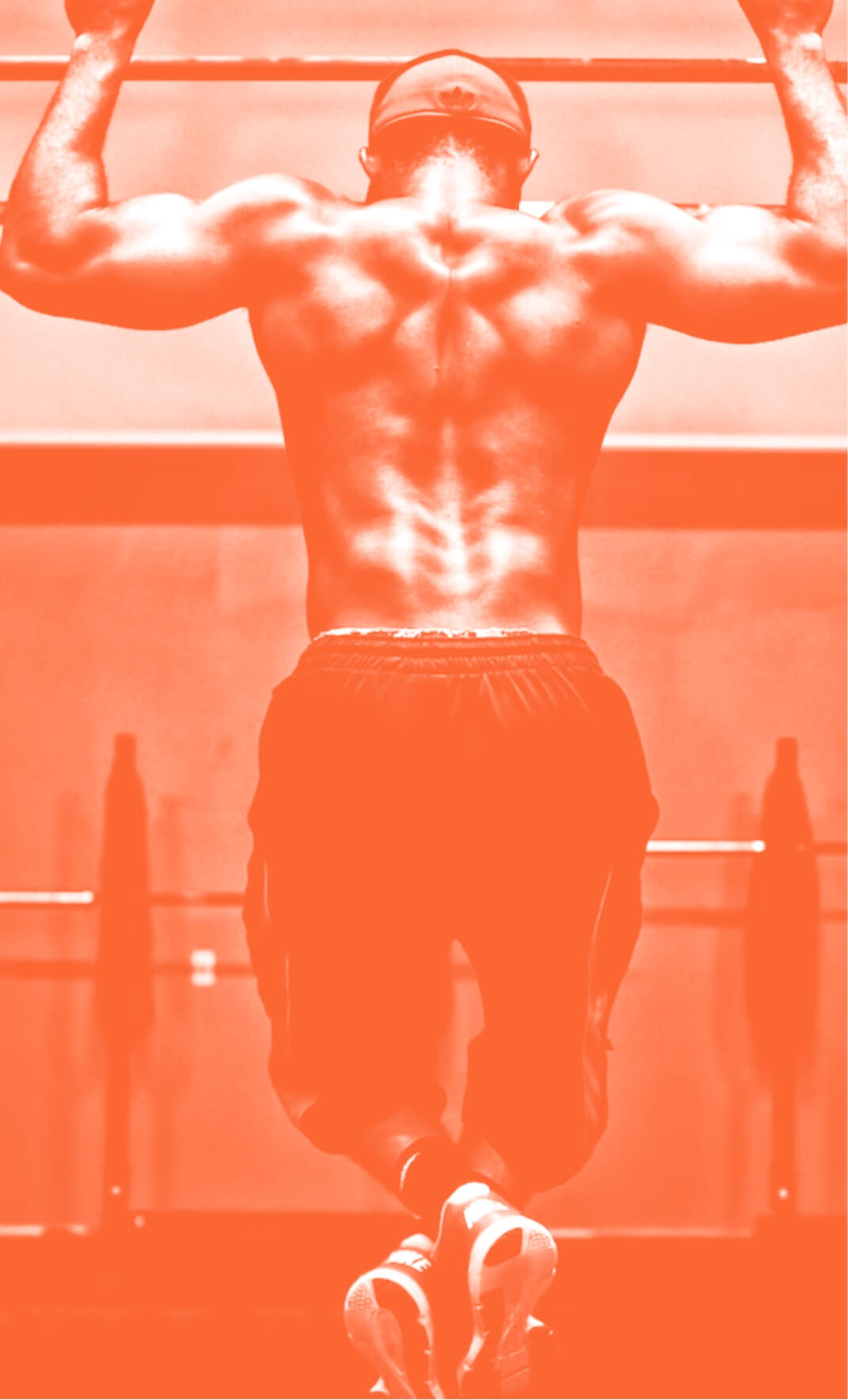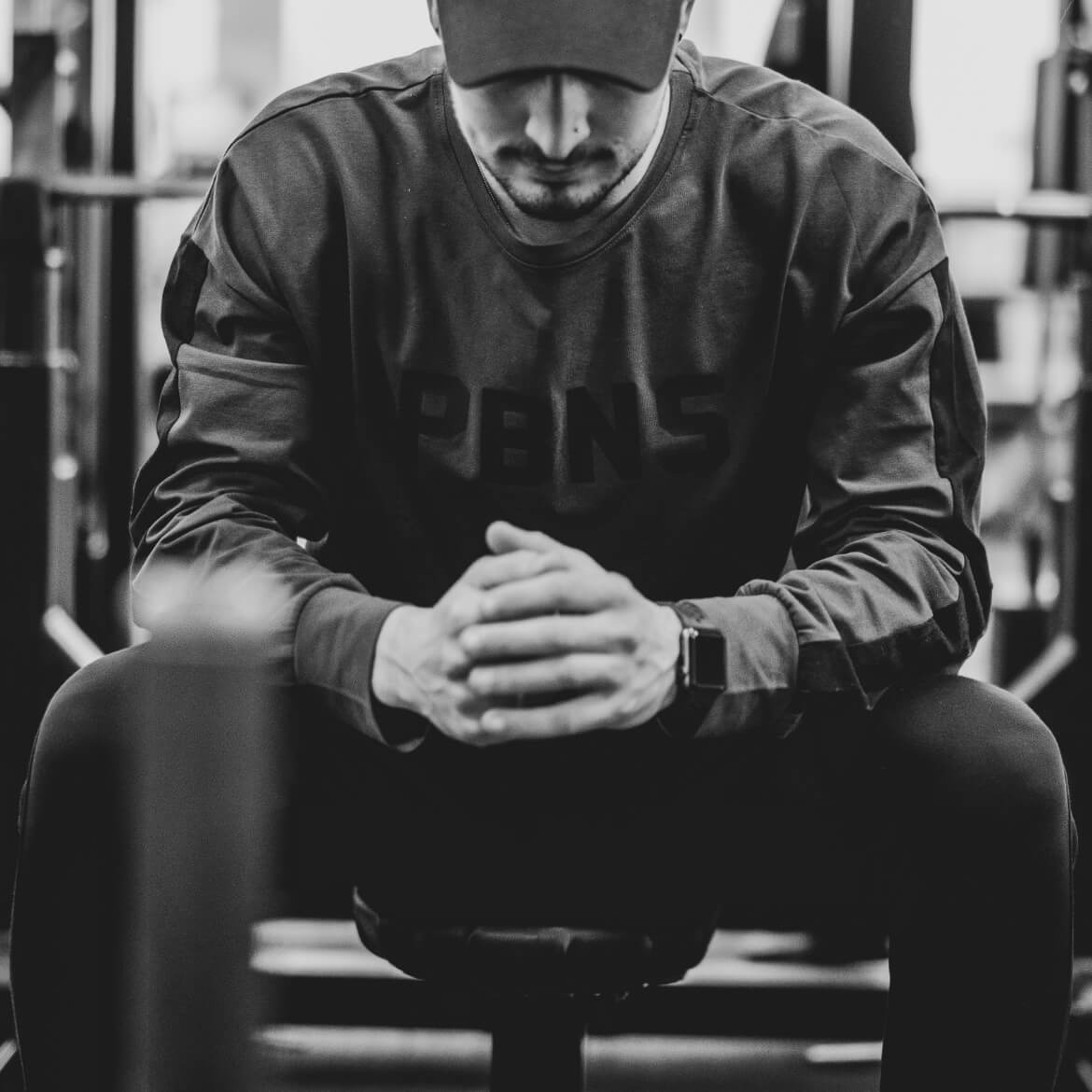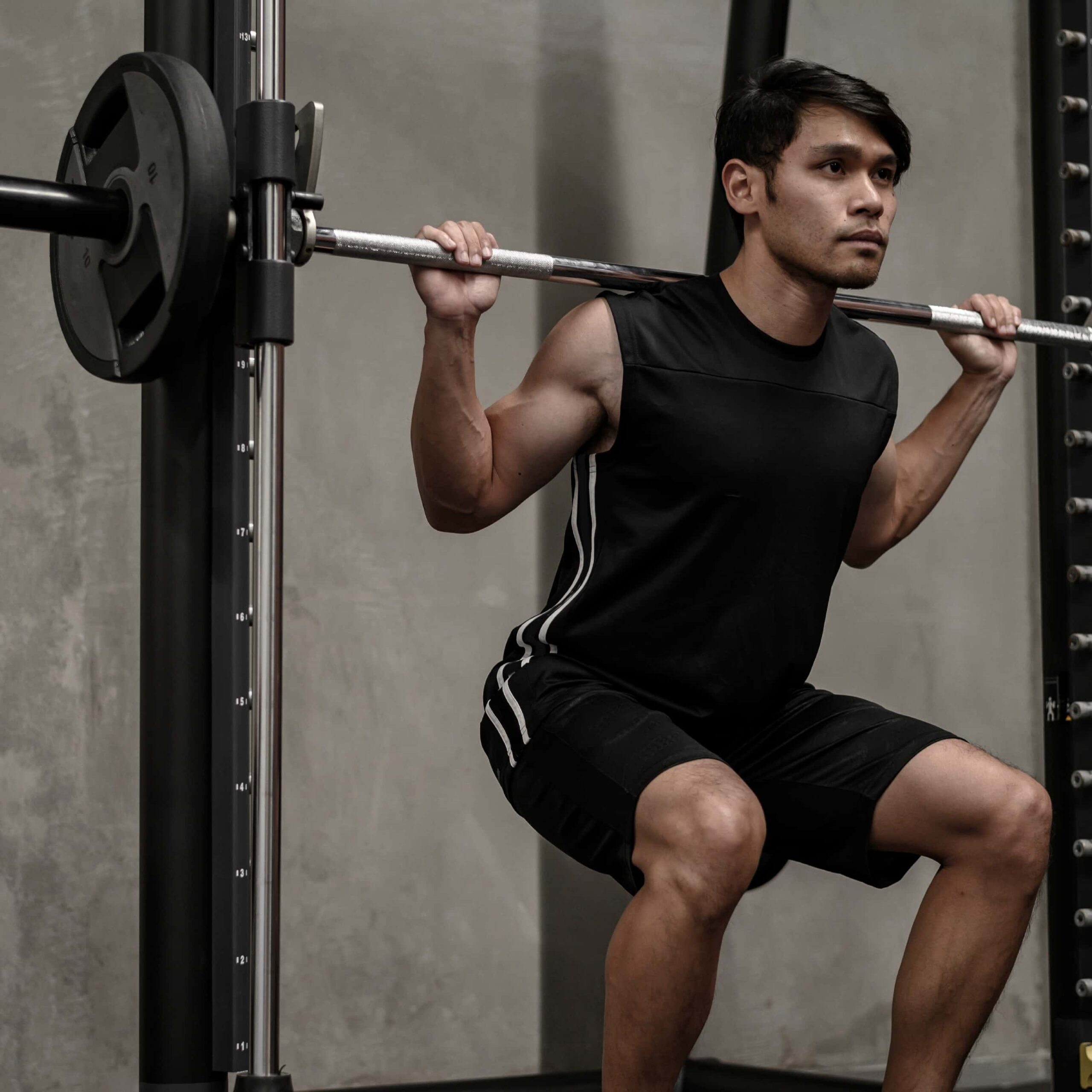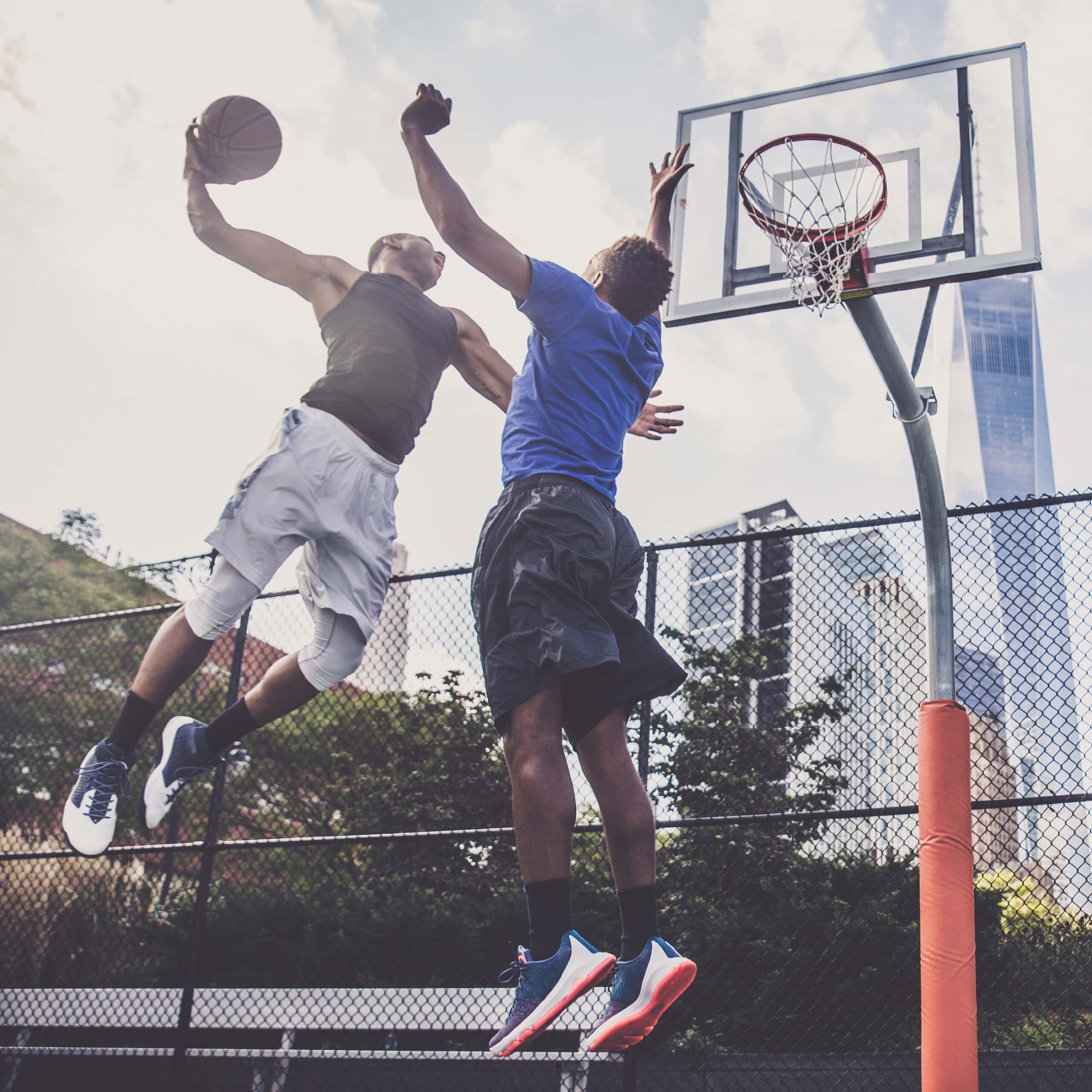How To Master Dumbbell Pullovers
16th Apr 19

Dumbbell pullovers are an immensely effective chest or back builder, depending on how you’re performing them, and they are easily one of the best exercises out there. They actually have a history of being one of the most popular muscle-building exercises! So even though they aren’t as popular as they used to be, they are still awesome if you do them right.
As with any big lift exercise, your form must come first. Proper form is vital if you’re going to see the benefits of the work that you are putting in and if you want to be safe while you’re doing it!
Want to move fast? Jump to the right section below.
Set-Up
Set up is always essential when you’re lifting heavy weights. It can be the difference between an injury and a great exercise, so doing your homework first is recommended. These are the few things to bear in mind as you push through the exercise, on top of warming up.
Shoulders On The Bench vs The Whole Body
Starting with your position and how the equipment should be used, you need to look at how you’re going to tackle the weight bench. The best way to do so is by only having your upper back and shoulders on the bench, but sideways! Keep your feet firmly planted on the floor. This position forces your core to engage and only gives you support where it is needed.
Secure Dumbbell
This may seem a little obvious, but it is crucial for your safety that we look at it. First, make sure that your dumbbell is safe and secure. The weights need to be firmly attached and tight. The weight will hang over your core and your head for most of the movement, so you do not want it to slip.
Weight Straight Out In Front Of You

When you are at the starting point of your lift with everything ready to go, you must put the weight straight up and out in front of your chest. That will be both your starting and your finishing point. Of course, it’s a good call to get someone to pass you the weights for safety reasons too, so keep that in mind before you try to use a huge dumbbell.
Technique
Now that your set-up is perfect, the technique itself is, of course, the next thing that we need to talk about. How you perform the exercises is pivotal to your progress and, again, to not injuring yourself in the process. There are standard things to think about, like your breathing and contractions, but these are specific to the pullover.
Straight vs Bent Arms
First, you must look at how you position your arms during the whole exercise. For example, if you are performing the straight arm variation, your chest will be doing the work. If, on the other hand, you’re bending your arms, then it is your back on the front line. Both are incredibly effective, but make sure you choose the right one for the proper workout, or you can stifle your progress.
Engaged Core
If you are performing the exercise with the bench sideways behind you, as described above, then you must keep your core tightly engaged throughout the exercise. Not just your abs, but your whole core. This stabilisation is vital for your success and to maintain your form, so if you can’t manage it at first, lower the weight or use the full bench. And remember, progress takes time!
Stop When Pecs Tighten
As well as stopping when the weight is straight out in front of you, you also need to know how far back to lower it. The best thing to do is to make sure that you are stopping when you feel your pecs tighten. If you go too low, you’ll risk muscle tears and some of your shoulder health due to unnatural angles. This is another reason to make sure that your weight is right for you and you’re not going too heavy too fast.
Squeeze The Weight
The final point to make sure this is a perfect exercise is your grip on the dumbbell. If you cross your hands so that you are almost strangling the weight, then you’ll contract your pecs way more than you would usually and get a better lift overall.
Dumbbell pullovers are one of the many exercises you don’t want to get wrong! So if you’re new to it, it is a good idea to make sure you start with a light dumbbell and a spotter until you find your feet. It’s a powerhouse of an exercise when you master it, and that’s best done with some practice first. If you’re concerned you’re doing it wrong, try a few strength-building exercises first or ask a trainer to help you to get to grips with it.

Before beginning any exercise or nutrition program, consult your physician, doctor or other professional. This is especially important for individuals over the age of 35 or persons with pre-existing health problems. Exercise.co.uk assumes no responsibility for personal injury or property damage sustained using our advice.
If you experience dizziness, nausea, chest pain, or any other abnormal symptoms, stop the workout at once and consult a physician or doctor immediately.









